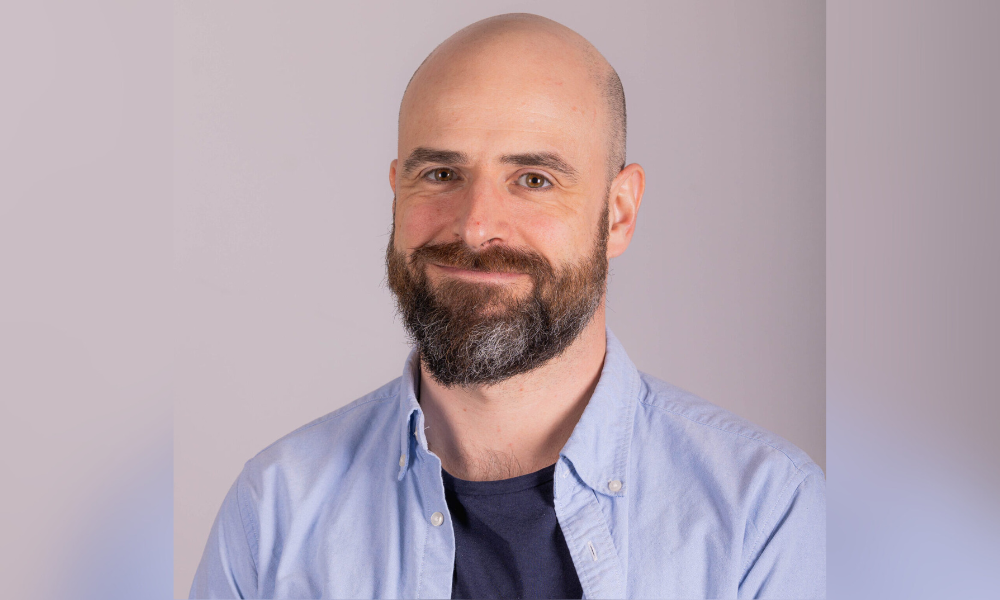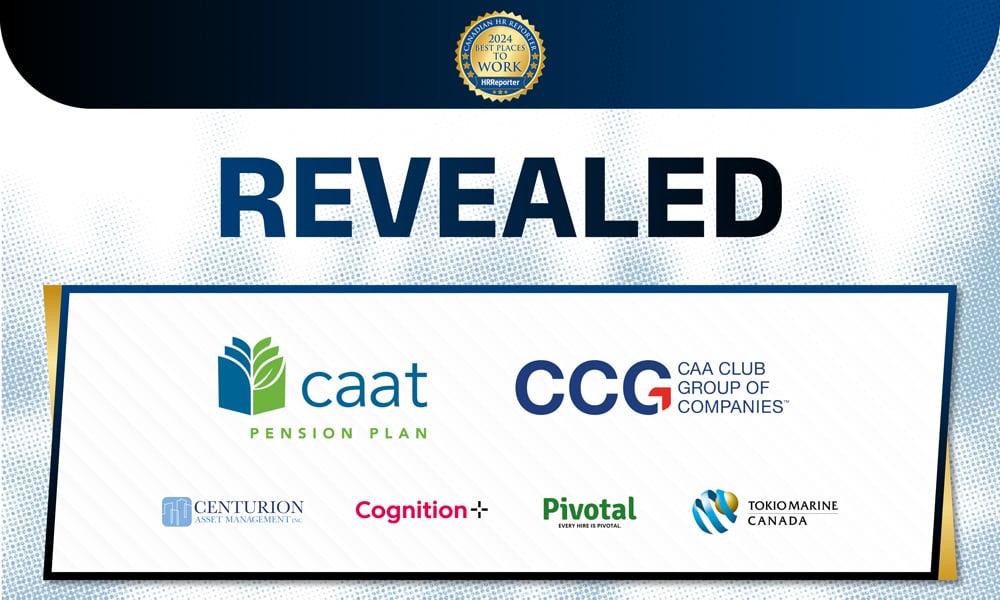A new Canadian standard is hoping to address the entire employment cycle

Always a challenging area, disability management is a big focus for a lot of organizations faced with the prospect of ailing employees. And yet, many employers lack the insights or strategies to properly manage the issues.




